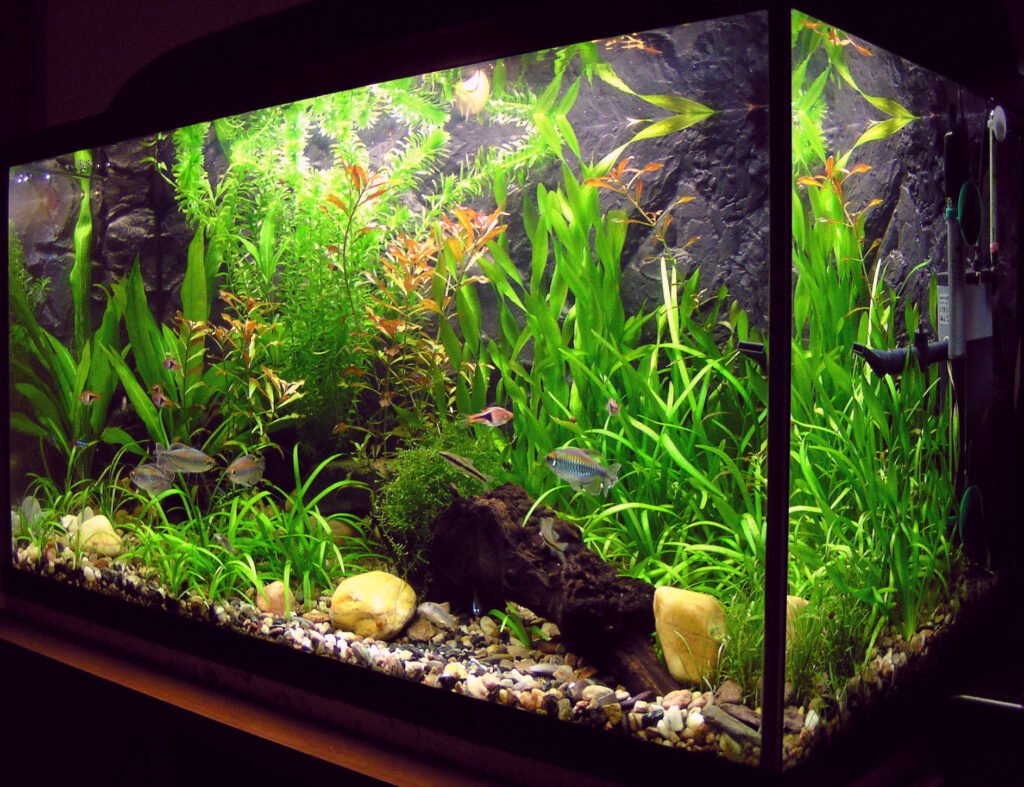Astrology rarely swims in the same tank as animal behavior science, yet a lively new wave of hobbyists is trying to match fish to star signs – and stirring a surprisingly useful debate. The mystery is simple: can personality metaphors help beginners make better, kinder choices for their aquariums? The solution, researchers and aquarists suggest, is not cosmic destiny but careful observation, evidence on fish temperaments, and honest knowledge of the keeper’s routine. By treating zodiac traits as a playful on-ramp – and never as proof – we can highlight real behavior patterns, water chemistry needs, and welfare basics that prevent common mistakes. That blend of story and science might be the difference between a stressed tank and a thriving little world on your desk.
The Hidden Clues
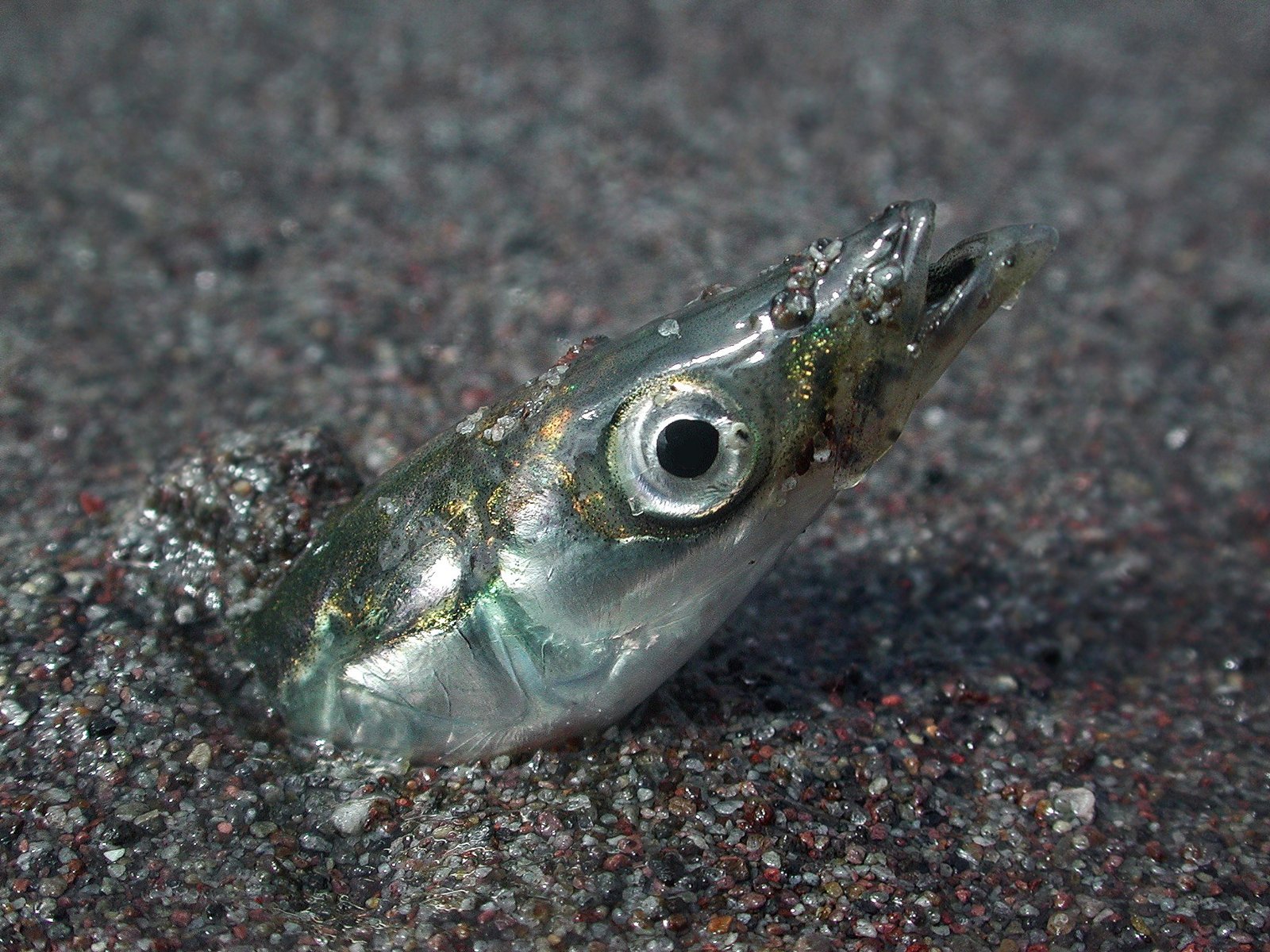
Here’s the surprising part: many fish show consistent, measurable behavior styles – what biologists call behavioral syndromes – across exploration, boldness, and sociality. That means the daily rhythms you prefer, from quiet evenings to constant motion, can align with species that either relish calm or demand bustle. A high-energy keeper who enjoys frequent interaction often does better with active, schooling swimmers; a contemplative aquarist might favor a serene, slow-moving centerpiece with gentle filtration. The zodiac framing turns those self-checks into a memorable checklist, but the driver is still data on activity levels, habitat complexity, and tank size. If you ask me, the real value is the conversation it starts: what does this species need, and can I reliably provide that, week after week?
From Ancient Lore to Modern Science
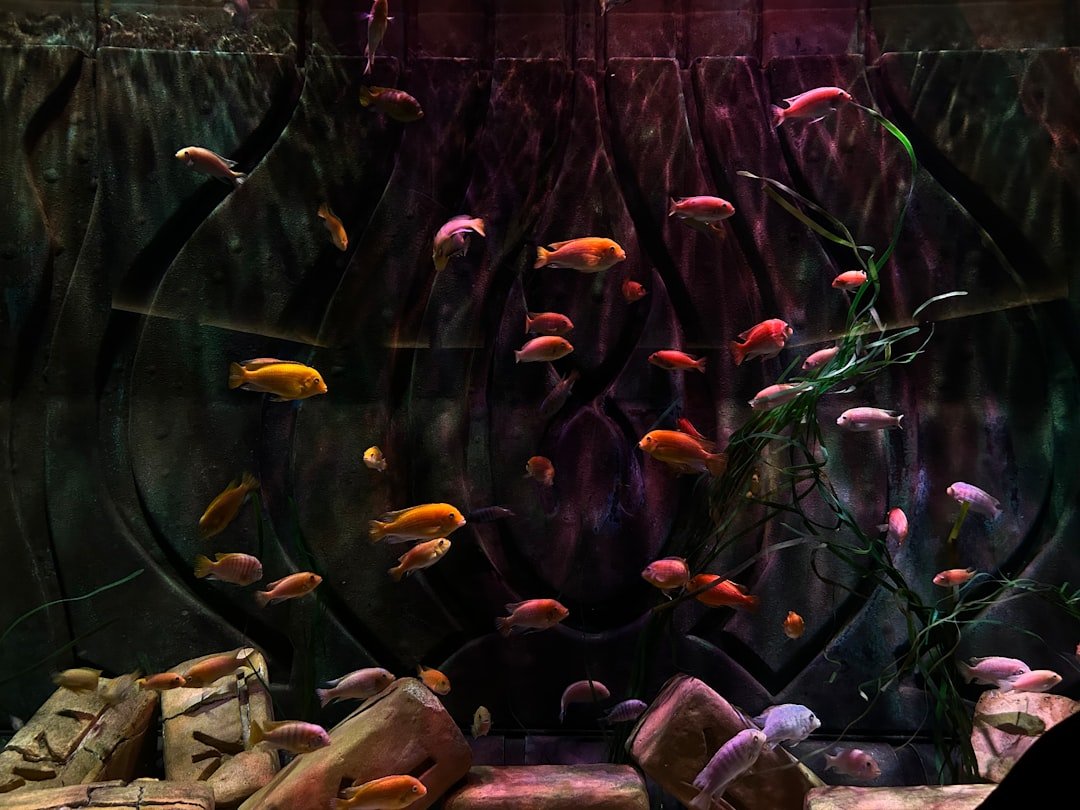
Astrology is a cultural lens, not a biological mechanism, and it’s important to say that out loud before any pairing begins. The scientific anchor here is fish welfare research, which shows that environment, social structure, diet, and enrichment shape behavior and health far more than any human personality label. Studies on bold–shy temperaments, stress physiology, and social schooling preferences give us robust clues about species fit for different home setups. When people use zodiac archetypes as memory hooks – bold, patient, curious, meticulous – they’re essentially translating peer-reviewed behavioral patterns into everyday language. That translation helps new aquarists choose schooling fish if they crave movement, or solitary specialists if they prefer a calmer tableau, but the match only works when the tank’s chemistry and space follow suit.
Practical Pairings: Twelve Signs, Twelve Species
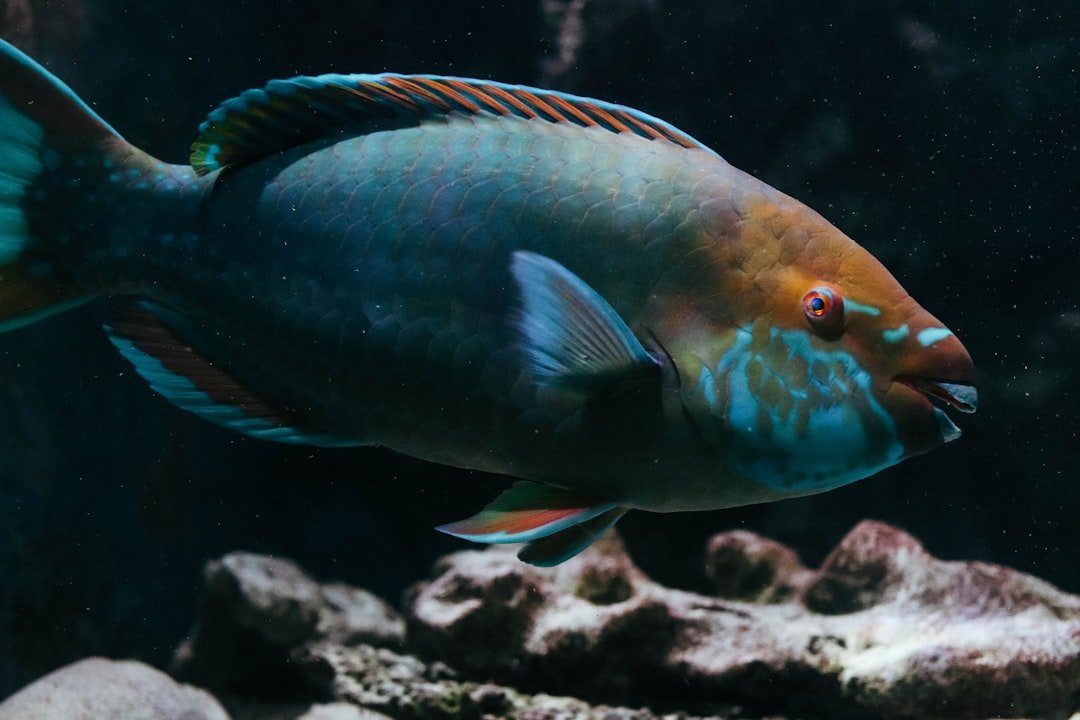
Think of the pairings as informed metaphors that point to real husbandry traits: Aries fits zebra danios for their tireless sprinting and hardiness; Taurus pairs with corydoras catfish, steady bottom dwellers that reward routine care; Gemini aligns with guppies, social, vivid, and endlessly variable; Cancer favors a single betta splendens in a well-heated, filtered, low-flow tank where attentive care shines; Leo suits rainbowfish, schooling stars that demand room to dazzle; Virgo meets celestial pearl danios, small, orderly shoalers that appreciate dense planting and clean schedules. Libra gravitates to harlequin rasboras, graceful schoolers that bring balance without drama; Scorpio resonates with pea puffers, intensely curious micro-predators best kept in species-focused setups with snail food and keen observation; Sagittarius matches hillstream loaches, river specialists that need high oxygen, strong flow, and cooler water; Capricorn works with bristlenose plecos, sturdy algae grazers that reward patience and stable parameters; Aquarius embraces killifish, inventive in life cycles and color but requiring tight lids and informed sourcing; Pisces finds calm with pearl gouramis, gentle, surface-breathing centerpiece fish that prefer quiet, planted spaces. None of these are destiny, all require research, and every one depends on the basics: appropriate tank size, compatible tankmates, and consistent water quality. The pairings help you shortlist; responsible husbandry makes them succeed.
Care Science: What Really Makes or Breaks a Match
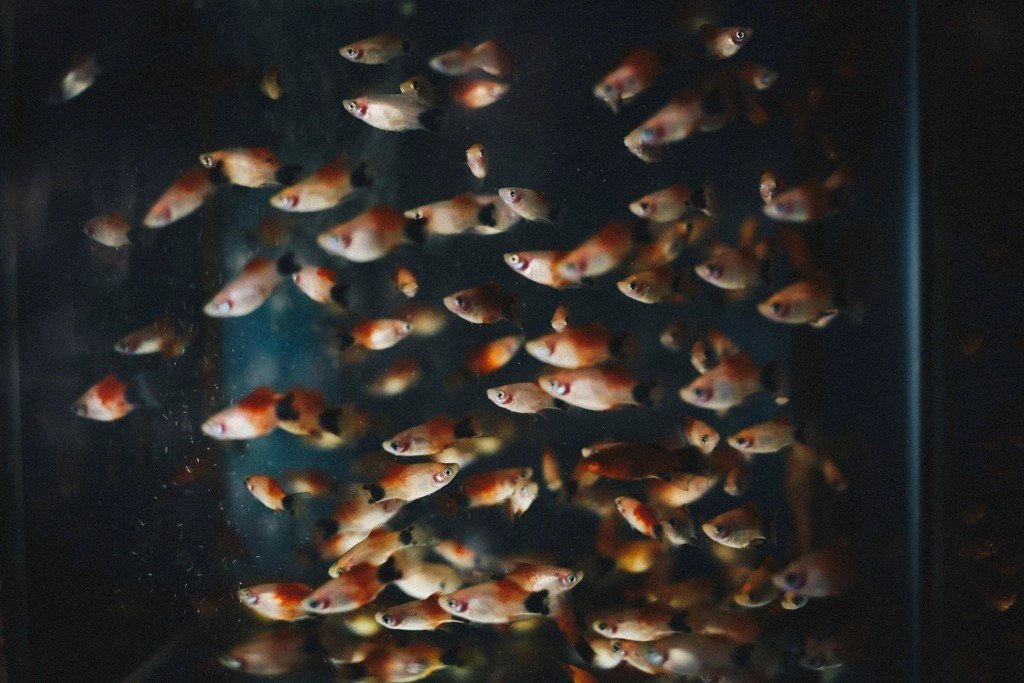
Across all signs, the non-negotiables are water chemistry, biofiltration, and space. Cycling the tank establishes beneficial bacteria that process toxic ammonia into less harmful compounds, protecting gills and reducing stress-driven disease. Temperature alignment matters because most tropical species live best in stable, warm ranges, while riverine or mountain species may need cooler water and more dissolved oxygen. Social structure is just as critical: schooling fish require groups to exhibit natural behavior, whereas some species, like many bettas and puffers, do best without rivals. Habitat design – plants, rockwork, flow pattern – acts like an environmental script that cues exploration, refuge, and feeding. Get those variables right, and the zodiac metaphor becomes a fun garnish on an already solid recipe.
Global Perspectives
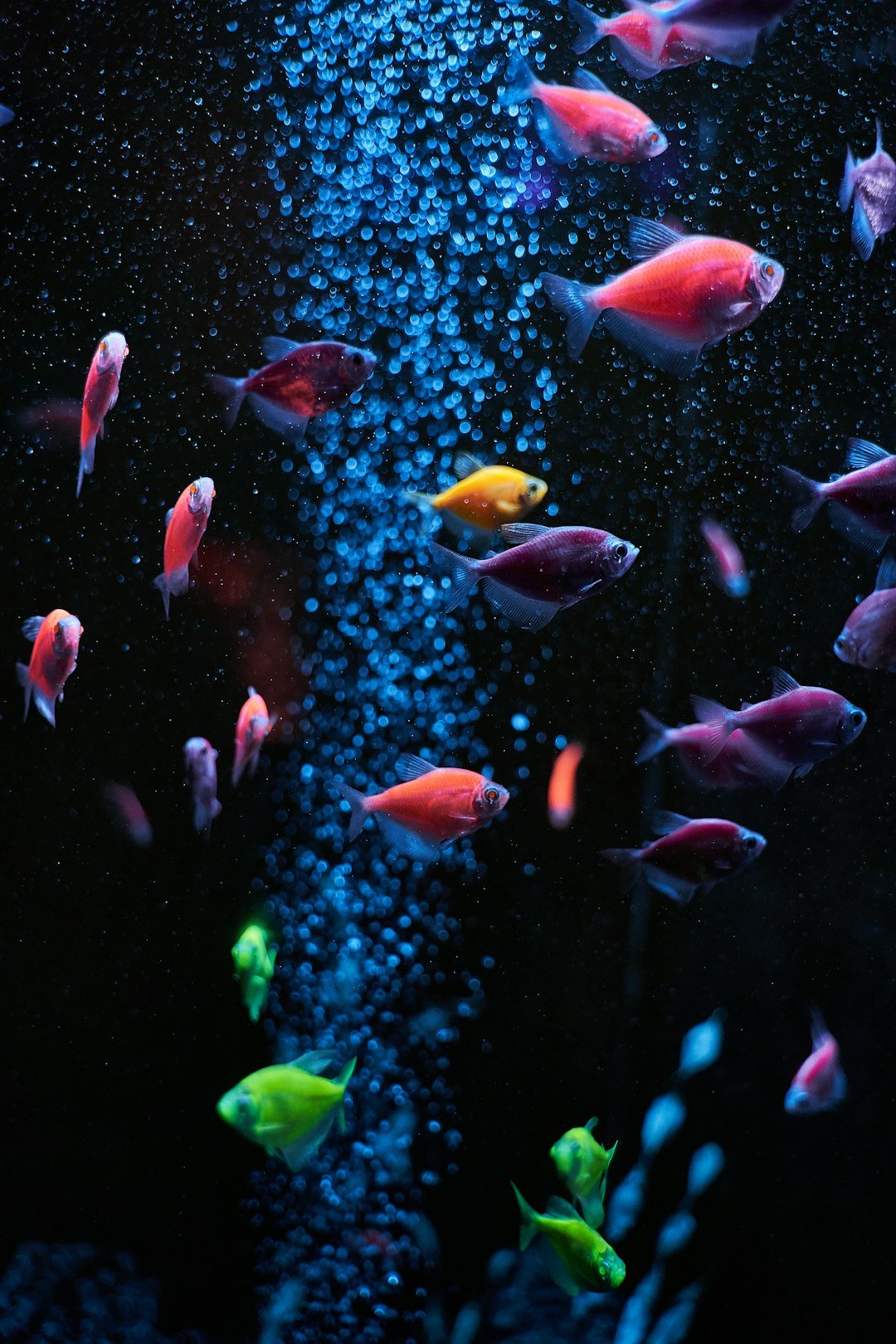
The aquarium trade spans community breeders, research hatcheries, and wild-capture fisheries, and each pathway has different welfare and conservation profiles. Many livebearers, bettas, rainbowfish, and corydoras are widely captive-bred, which helps reduce pressure on wild stocks and offers more predictable health. Some schooling tetras and specialized loaches are still commonly wild-collected, and responsible sourcing encourages practices that protect habitats and livelihoods rather than strip them. Geography also shapes availability and regulations, so a “perfect match” in one country may be impractical or restricted in another. For keepers, the global view reframes a purchase as a vote for how fish are raised, handled, and transported, from river to storefront to living room. It’s another reminder that temperament is only part of the story; origin and ethics matter too.
Why It Matters
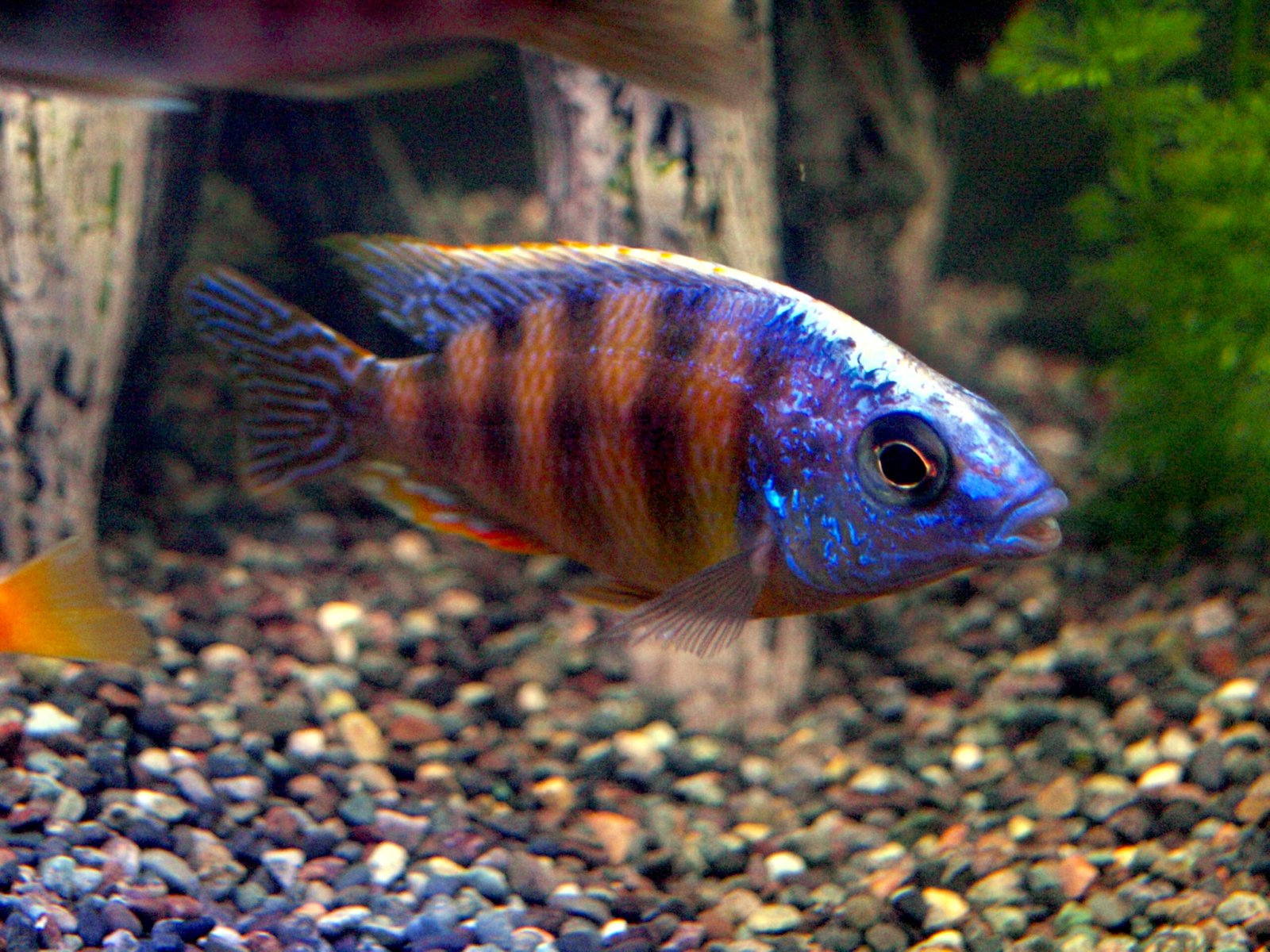
Framed as analysis, the zodiac approach competes with the traditional method of choosing fish by tank size, water parameters, and experience level, and it only becomes useful when it funnels people back to those fundamentals. Compared with impulse buying, a reflective matching exercise – however whimsical – reduces early mortality, aggression, and incompatible mixes that send beginners out of the hobby. It’s also a communication tool that pulls non-scientists into evidence-based care: talking about boldness and schooling needs opens doors to discuss filtration, nitrogen cycling, and enrichment. Where purely aesthetic shopping often ends in overcrowding and stress, a narrative lens gently steers choices toward species-appropriate setups. The payoff is measurable at home – stable behavior, fewer disease outbreaks – and visible in stores that see more prepared, informed customers.
The Future Landscape
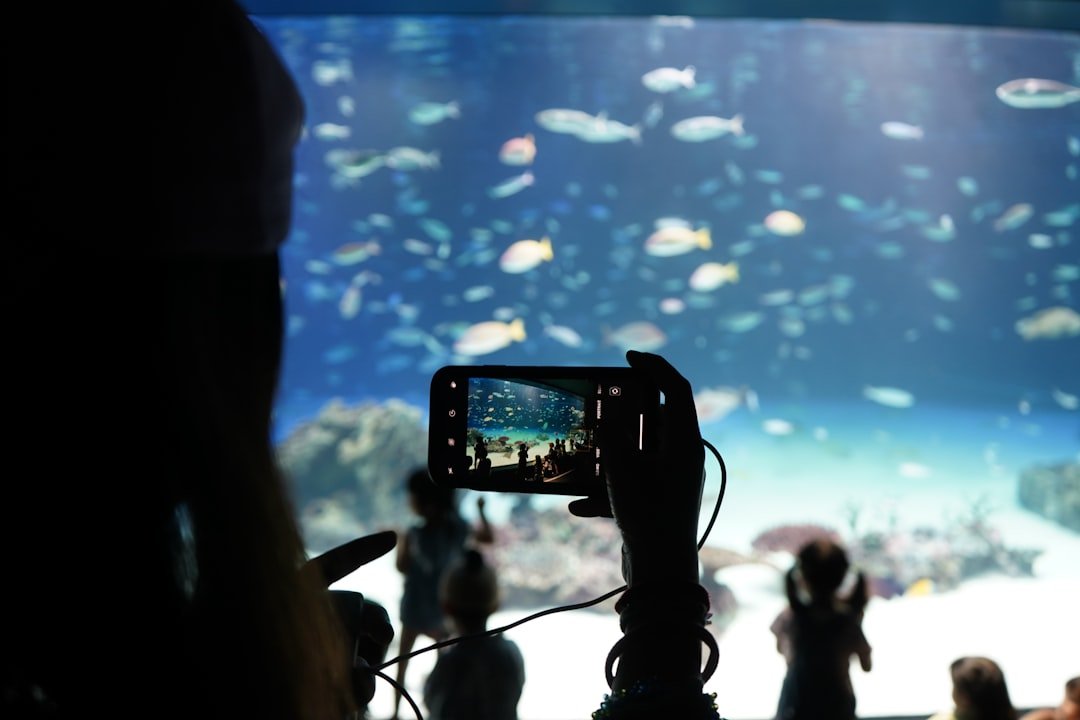
New tech is reshaping how we pick and keep fish, turning gut feeling into measurable signals. Affordable digital testers and continuous sensors track temperature, pH, and conductivity, flagging slow drifts before fish show distress, while smartphone apps translate readings into simple guidance. Computer vision is creeping into the hobby, with cameras that monitor swim speed, fin posture, and schooling cohesion as early indicators of stress or illness. Retailers are piloting transparency tools for origin and transport conditions, helping buyers compare captive-bred lines and community-supported wild fisheries. As these tools mature, the playful zodiac hook might plug directly into data-driven recommendations, narrowing choices to species that match the home’s actual water and the keeper’s true maintenance habits. The challenge will be privacy, cost, and making sure tech augments, not replaces, daily observation.
What You Can Do

Start by testing your tap water and cycling your tank before any purchase, then shortlist species whose needs fit your baseline rather than forcing chemistry to fit a fantasy. Choose schooling fish in adequate groups, keep solitary specialists alone, and size the tank for the adult fish you’ll actually own, not the juvenile at the store. Pick captive-bred options when available, support responsible wild fisheries where they improve local livelihoods and conserve habitats, and always quarantine new arrivals. Research diet beyond the label – many fish thrive with varied frozen or live foods – and enrich the tank with plants or hardscape that matches each species’ microhabitat. Never release aquarium fish into local waterways, and consider donating to reputable conservation and freshwater research efforts that protect the rivers and wetlands your fish’s ancestors come from.

Suhail Ahmed is a passionate digital professional and nature enthusiast with over 8 years of experience in content strategy, SEO, web development, and digital operations. Alongside his freelance journey, Suhail actively contributes to nature and wildlife platforms like Discover Wildlife, where he channels his curiosity for the planet into engaging, educational storytelling.
With a strong background in managing digital ecosystems — from ecommerce stores and WordPress websites to social media and automation — Suhail merges technical precision with creative insight. His content reflects a rare balance: SEO-friendly yet deeply human, data-informed yet emotionally resonant.
Driven by a love for discovery and storytelling, Suhail believes in using digital platforms to amplify causes that matter — especially those protecting Earth’s biodiversity and inspiring sustainable living. Whether he’s managing online projects or crafting wildlife content, his goal remains the same: to inform, inspire, and leave a positive digital footprint.

